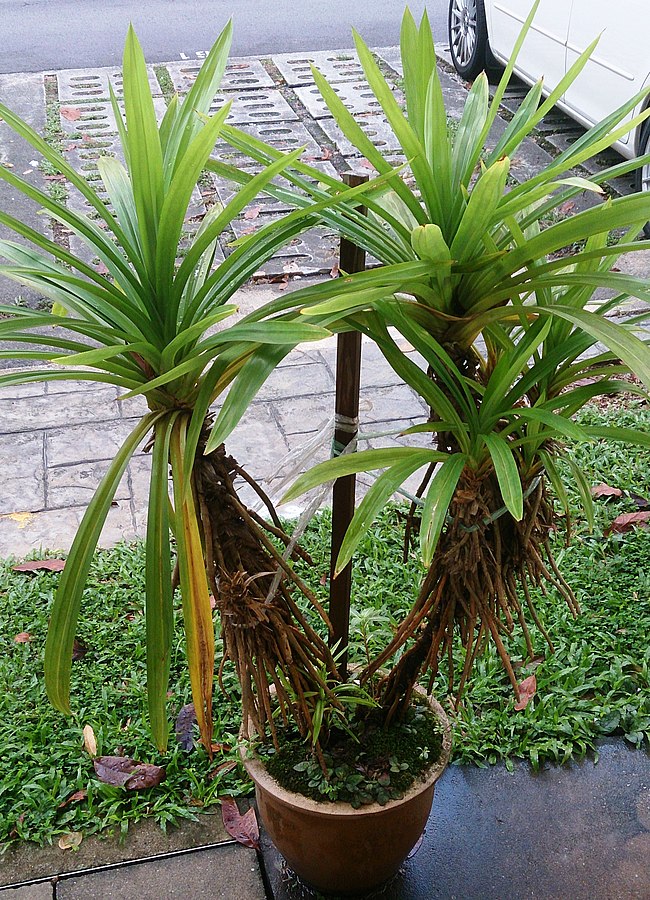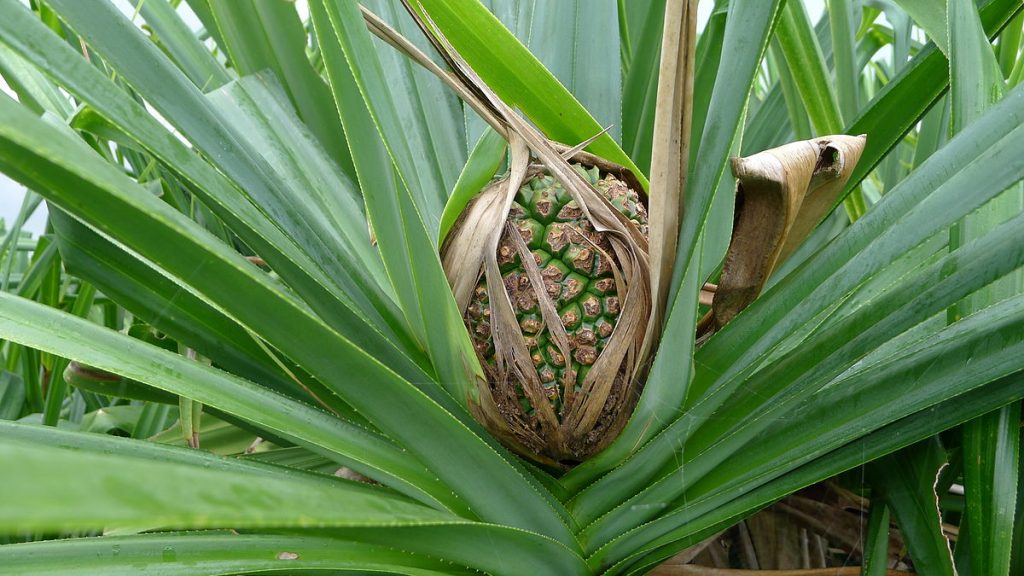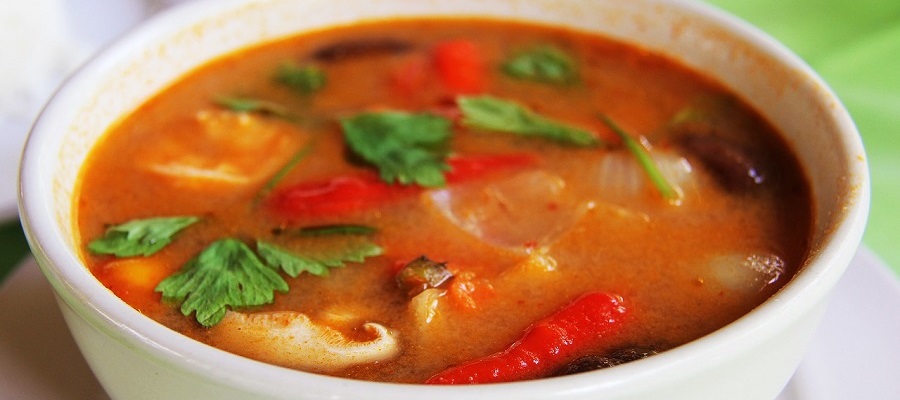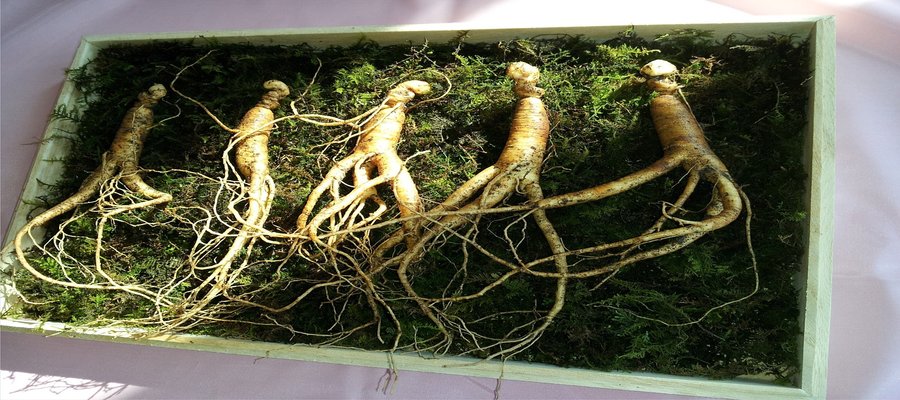What are Pandan Leaves?
Pandan leaves are foliage of a tropical plant – known as Pandanus amaryllifolius – in the Pandanus genus. They are usually known as “pandan” and used extensively as a flavoring in Southeast Asian and South Asian cooking. Duan Pandan is the Indonesian and Malaysian name for this extraordinarily fragrant and nutrient-rich leaf.

image source: Wikipedia
The plant is a shrub with green color and can grow to a height of about 1-2 meters. The round stems, blade-like narrow pandan leaves – which spans up to 60-80cm – and woody roots make this plant unique. Once in a while, the plant grows flowers.
History of Pandan leaves
The origin of the pandan plant is relatively unknown, though it is alleged to be native to Southeast Asia. Although it is still cultivated widely in the region, fresh and frozen pandan leaves can be found at specialty grocers. These specialty grocers can be found in Sri Lanka, Southeast Asia, West New Guinea, Indonesia, and South India. Pandan leaves are used extensively in Malaysia and Indonesia as insect repellents to keep ants, cockroaches, and other pests away. They are utilized as air fresheners in some homes or mixed with different scents to create a potpourri. The potpourri is then given during traditional weddings.
Cooking with Pandan Leaves
The leaves give their best when used for cooked applications such as steaming, frying, boiling, and sautéing. They are employed in savory or sweet dishes and maybe pounded, boiled, raked, or bruised to release its flavor. Pandan leaves are usually used for wrapping sticky rice or meats and then cooked to add a nutty, sweet flavor. Pandan leaves can also be used to make drinks and desserts. They can be turned into a paste, and its juice extracted to make the popular chiffon cake. Also known as Screpwine in English, pandan leaves can be used for making pandan-flavored coconut egg jam. These leaves are used in Singaporean and Malaysian cooking to add color and flavor. This is done by tying the leaves in a knot and placed in stews or soups that are being cooked. You can release the aroma of the leaves by raking them with the tines of a fork. The leaves also pair exceptionally well with lemongrass, milk, turmeric, brown sugar, fish, beef, chicken, rice, and pork. They can remain fresh for a couple of days if stored unwashed and wrapped in damp paper towels. The leaves can be frozen up to two months.
Nutritional Value
Pandan leaves are loaded with alkaloids, glycosides, and other essential oils. They also contain trace amounts of isoprene esters and tannin. Traditionally, they are used as a laxative and for reducing symptoms of fevers and pain.

image source: Wikipedia
Benefits
Pandan leaves offer numerous health benefits, and they are as follows:
- Lowers of high blood pressure
- Cures tinea versicolor
- Increases appetite
- Cleanses and prevents dandruff
- Prevents hair loss
- Pain reliever
- Relieves insomnias
- Anti-cancer herbal solution
- Beautify dull hair color, etc.
Wrap Up
There is hardly any other plant that packs a load of benefits as pandan leaves. You, therefore, have a reason not to avoid it.


